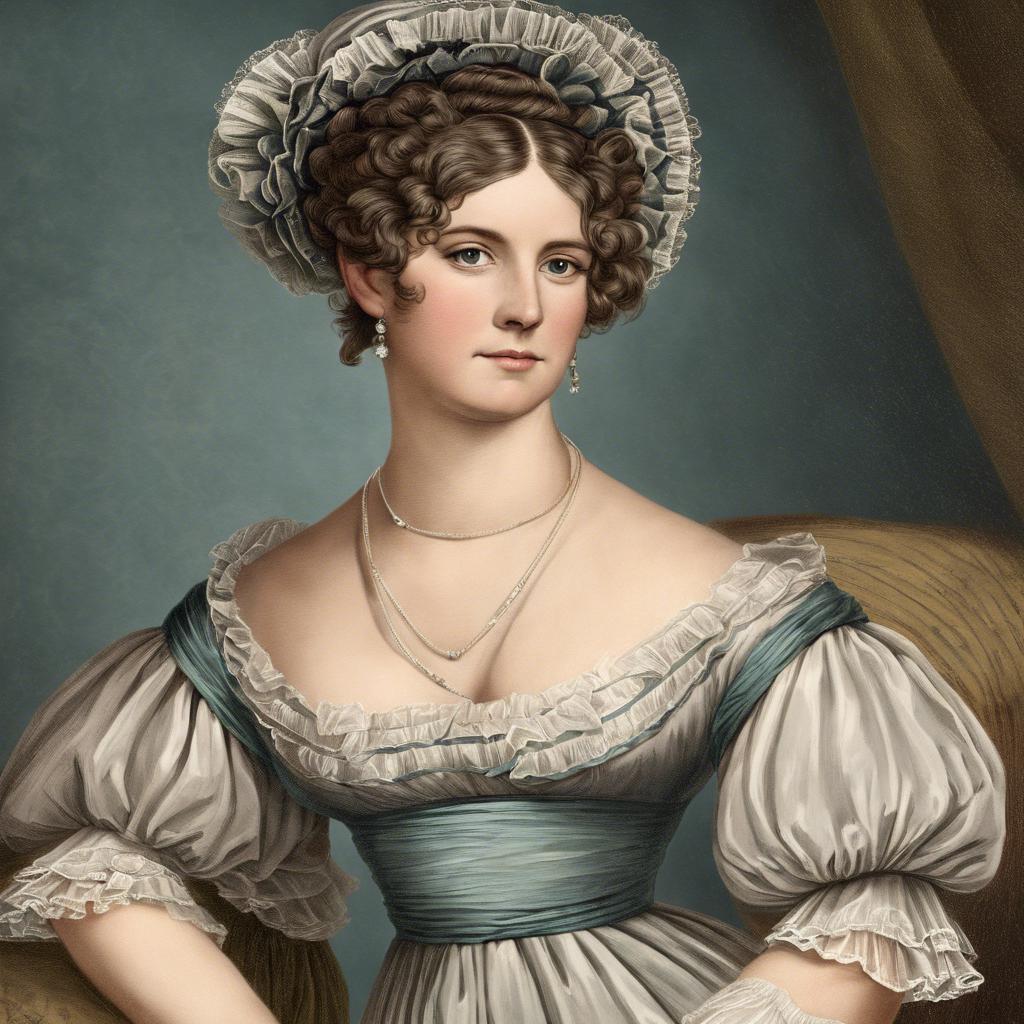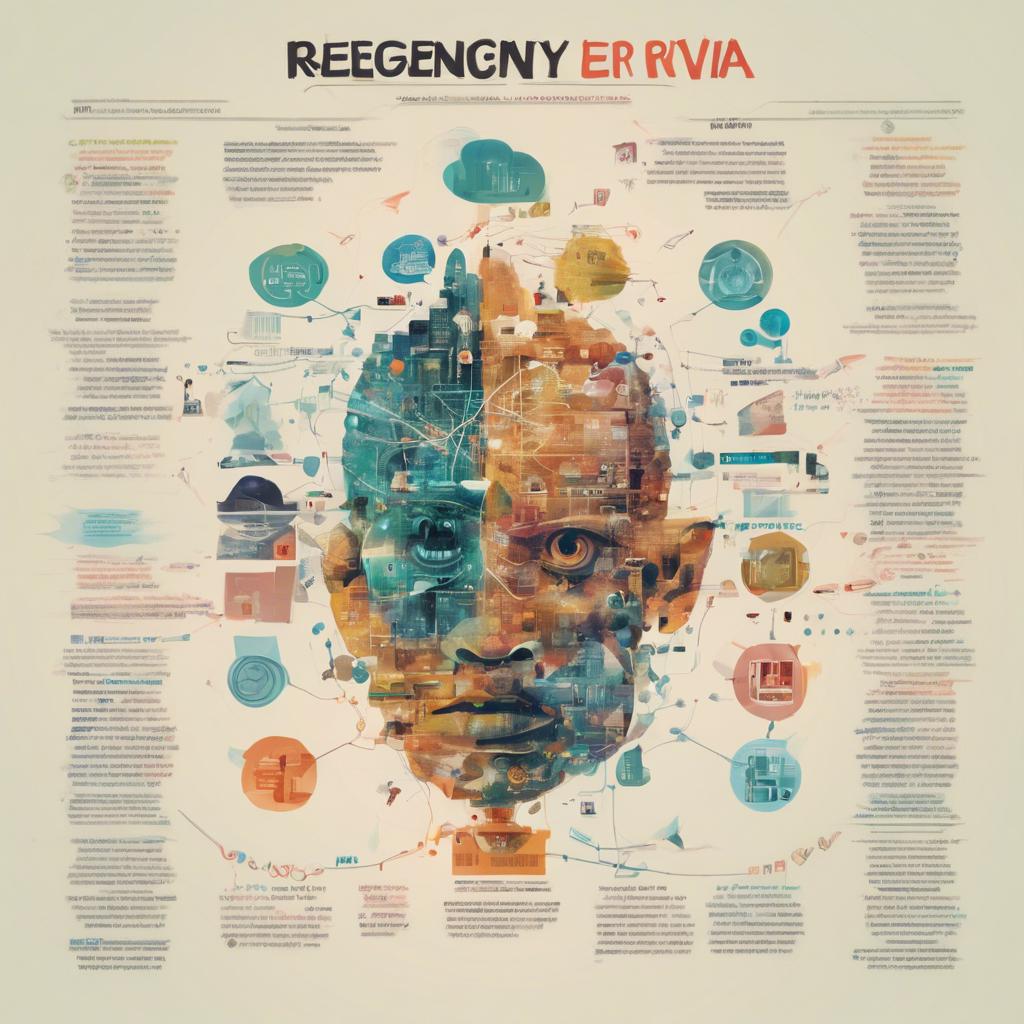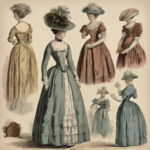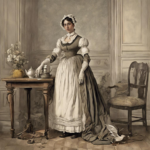In the sweeping tapestry of history, the Regency Era stands as a pivotal period marked by elegance, intrigue, and transformation. From the glittering soirées of high society to the turbulent currents of political upheaval, the early 19th century was a time of great change and cultural evolution. Delve into the captivating world of Regency England as we uncover little-known facts and fascinating trivia that shed new light on this remarkable era. Join us on a journey through time as we explore the intricacies and complexities of a period that continues to enchant and enthrall readers and historians alike.
Step Into the World of Cheryl Bolen
Dive into the enchanting stories of love, intrigue, and elegance set in the Regency Era. Cheryl Bolen's novels offer timeless romance and captivating tales that will leave you wanting more.
Explore Cheryl Bolen's Books Now
Regency Era Fashion Trends and Beliefs
In the Regency era, fashion was a reflection of societal beliefs and values. The clothing of this time was characterized by simplicity, elegance, and a focus on natural beauty. Women’s fashion, in particular, featured high waistlines, flowing draped fabrics, and delicate floral patterns. Men’s fashion, on the other hand, emphasized tailoring, with fitted coats, waistcoats, and top hats.
One of the most iconic trends of the Regency era was the Empire silhouette, which was popularized by the influential style icon, Empress Josephine of France. This silhouette featured a high waistline, just below the bust, and a long, flowing skirt that emphasized the natural curves of the body. Additionally, pastel colors such as pale pinks, blues, and greens were favored during this time, adding to the romantic and delicate aesthetic of Regency fashion.
In terms of beliefs, the Regency era was a time of strict social norms and expectations. Fashion was seen as a way to express one’s status and class in society, with elaborate and expensive clothing being reserved for the upper classes. Modesty and propriety were highly valued, with women expected to dress in a way that was demure and refined. Additionally, there was a focus on the importance of etiquette and manners, with specific rules dictating how one should behave in social situations.
Notable Influences on Regency Literature
The literature of the Regency era was heavily influenced by a variety of factors, shaping the themes, styles, and characters of the works produced during this period. One notable influence on Regency literature was the political and social climate of the time. The Napoleonic Wars, the rise of industrialization, and the changing roles of women in society all played a significant role in shaping the narratives of Regency novels and poems.
Another key influence on Regency literature was the works of earlier writers, such as Jane Austen, Sir Walter Scott, and Lord Byron. These authors not only paved the way for the literary trends of the era but also inspired a new generation of writers to explore themes of love, class, and morality in their own works. Their influence can be seen in the structure of Regency novels, the use of satire and humor, and the development of complex, multidimensional characters.
Additionally, the cultural trends of the Regency era, such as the fascination with Gothic literature, the popularity of romantic poetry, and the growing interest in historical fiction, also had a significant impact on the literature of the time. Authors like Ann Radcliffe, Samuel Taylor Coleridge, and Maria Edgeworth were instrumental in shaping the literary landscape of the era, introducing new genres and themes that would continue to be explored in the works of later writers.
Aristocratic Pastimes and Entertainment
In the elegant world of the Regency era, aristocrats engaged in various pastimes and forms of entertainment to while away the leisure hours. One popular activity was attending lavish balls and soirees, where the elite would dance the night away in opulent ballrooms. Another favorite pastime was partaking in leisurely carriage rides through the picturesque countryside, taking in the scenic views and enjoying the fresh air.
For intellectual stimulation, aristocrats often engaged in spirited games of whist or faro, challenging their strategic and analytical skills. Others found pleasure in hosting extravagant dinner parties, where guests were treated to sumptuous feasts and stimulating conversation. Horse racing and hunting were also common forms of entertainment among the aristocracy, showcasing their love for both competition and the outdoors.
**Regency Era Trivia:**
- The game of whist originated in the 18th century and became a popular card game among the aristocracy.
- Faro was a high-stakes gambling game that was favored by the wealthy elite during the Regency era.
- Aristocrats often commissioned renowned musicians and performers to entertain guests at their extravagant parties and gatherings.
The Legacy of Regency Era Architecture
The Regency Era, spanning from 1811 to 1820, left behind a lasting legacy in architecture that continues to captivate us today. This period in British history, marked by the rule of the Prince Regent, later King George IV, saw a shift in architectural styles characterized by elegance, symmetry, and a revival of classical forms.
One of the most iconic features of Regency Era architecture is the use of stucco for exterior walls, giving buildings a smooth and decorative finish. The popularity of the Greek Revival style also emerged during this time, with its emphasis on columns, pediments, and other elements inspired by ancient Greek architecture.
Notable examples of Regency Era architecture include the Royal Pavilion in Brighton, designed by John Nash, and Regent Street in London, known for its elegant terraces and grand facades. These buildings serve as a reminder of the sophistication and innovation of the architects and designers of the Regency Era.
Final Thoughts
the Regency era was a fascinating period in British history, characterized by refined manners, elegance, and political upheaval. The trivia we have explored only scratches the surface of the rich tapestry of events and personalities that defined this era. By delving into these little-known facts, we gain a deeper understanding of the social, political, and cultural complexities of the time. We hope this article has piqued your curiosity and inspired you to further investigate the fascinating world of the Regency era. Thank you for joining us on this journey through history. Until next time, may you continue to uncover the secrets and stories of the past. Farewell.


